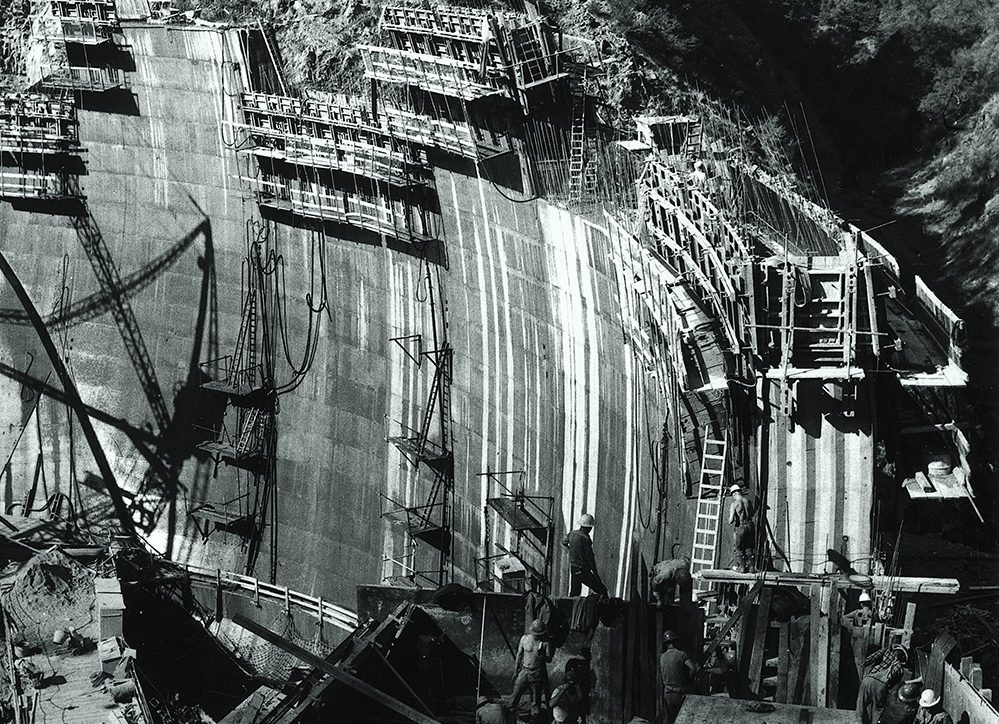
The 2021–2022 federal budget focuses on ‘securing Australia’s recovery’ but it has accepted the assumptions of the past by limiting investment to road and rail infrastructure, not just for northern Australia but across all states and territories. For the
Northern Territory, the budget provides just less than $347 million of federal funding for rail and road infrastructure and upgrades.
Elsewhere it’s a similar story. For
northern Queensland there’s around $710 million of funding for ‘securing Australia’s recovery’ that just drops the region’s name into standard announcements of road or rail projects.
This lack of creative thinking also extends to investment for New South Wales, Victoria, the Australian Capital Territory, Tasmania and South Australia. For Western Australia, the recovery investments include $160 million for the
WA Agricultural Supply Chain Improvements project—fancy words for more rail and road upgrades.
These commitments make great headlines. There’s no doubt they’ll support jobs and businesses, provide economic sugar hits and leave artifacts, but surely we can do better.
The new funding continues Australia’s longstanding fixation on investing in rail and road infrastructure, demonstrated by the federal government’s existing
$110 billion investment in transport projects. At best it represents a 20th-century perspective of nation-building and infrastructure.
In November, ASPI’s John Coyne and I argued that
nation-building for Australia’s north ‘requires vision, leadership, cooperation and courage in spades’. The answer is not a road or a rail line, and it isn’t a one-off project that generates short-term investment. Australia deserves more. Regional communities deserve more.
In March, I argued that nation-building is
more than constructing highways and railways to connect our major cities. It’s about delivering long-term economic, social and environmental benefits, and ensuring that multiple challenges are solved along the way.
Cynics would say that nation-building doesn’t sit well within political agendas because of short-term thinking often driven by election cycles. The next federal election is due by May next year and the average length of federal parliamentary terms between 1990 and 2016 was just
32 months. All state and territory jurisdictions have fixed four-year terms so perhaps the time is right for the same at the federal level.
Having vision is one thing, but then committing to the long-term collaborative engagement required for modern nation-building is another.
What should modern nation-building look like? There are many examples but here are a couple.
In February, self-described
serial tech entrepreneur Bevan Slattery outlined his vision for digital infrastructure in Australia with the announcement of HyperOne, his proposal for a 20,000-kilometre national fibre internet network. Slattery says HyperOne will cost $1.5 billion, create 10,000 new jobs during construction and connect with data hubs across Australia through a 10,000-terabit-per-second national fibre backbone. This investment will deliver hyperscale, secure and sovereign digital capability.
These are great benefits. Most importantly, this network will improve digital connectivity and performance for regional and remote communities through 1,000 on-ramps that will give neglected communities and remote areas cost effective access to high-speed internet.
This investment was
hailed as the ‘largest private digital infrastructure project in Australia’s history’ and was welcomed by the Australian, NT and SA governments. HyperOne is now engaging with the National Broadband Network, the Northern Australia Infrastructure Facility as well as suppliers, partners and customers to progress the project.
This week, HyperOne and FiberSense
announced that the hyperscale cable will detect physical impacts on it including those of excavators and animals or potential interference and interception. This capability will protect the physical asset and provide a higher level of security than is currently available.
It’s not just the vision or the private investment that is significant here—it’s the focus on improving the lives of ordinary Australians and the willingness to collaborate in solving a range of challenges.
Project Echo is another example of nation-building. In my March
Strategist article I
highlighted the NT government’s ‘
Terabit Territory’ initiative aims to position the territory as a leader in telecommunications across Southeast Asia. The key enabler of this big thinking is subsea cable connectivity, through
Project Echo, which will connect California with Singapore, Guam and Indonesia as well as Australia via Darwin.
A subsea cable branch into Darwin positions the city as Australia’s enhanced digital pathway into Southeast Asia, and when combined with HyperOne’s hyperscale national cable network, will drive sustainable economic, social and national security opportunities.
These initiatives aren’t only about fixing yesterday’s problems. They position Australia for today as well as the future.
It’s sobering when you hear Slattery
say that ‘existing national transmission networks were built back when there was no YouTube, Netflix, social media, iPhones, or even cloud, let alone the future industries’.
The public sector needs to enable nation-building entrepreneurship through policy settings and investment decisions. The public sector cannot, and should never be, the innovator—that’s not its role, nor is it what we expect from the public service.
It’s time for governments, of all political persuasions, to show us the kind of vision and innovation that saw the building of the Snowy Mountains hydro and Ord River irrigation schemes. We don’t need carbon copies of these; we need their 21st-century equivalents.
Nation-building initiatives don’t happen overnight and shouldn’t be driven by short-term political imperatives to get money out the door. They’re underpinned by partnerships, collaboration and commitment to achieve mutual benefit through joint outcomes.
Post-Covid-19, collaboration is the new black, but we are out of practise. Sustainable nation-building requires us to go beyond short-term ‘sugar hit’ investment and relearn how to collaborate with persistence.
 Print This Post
Print This Post